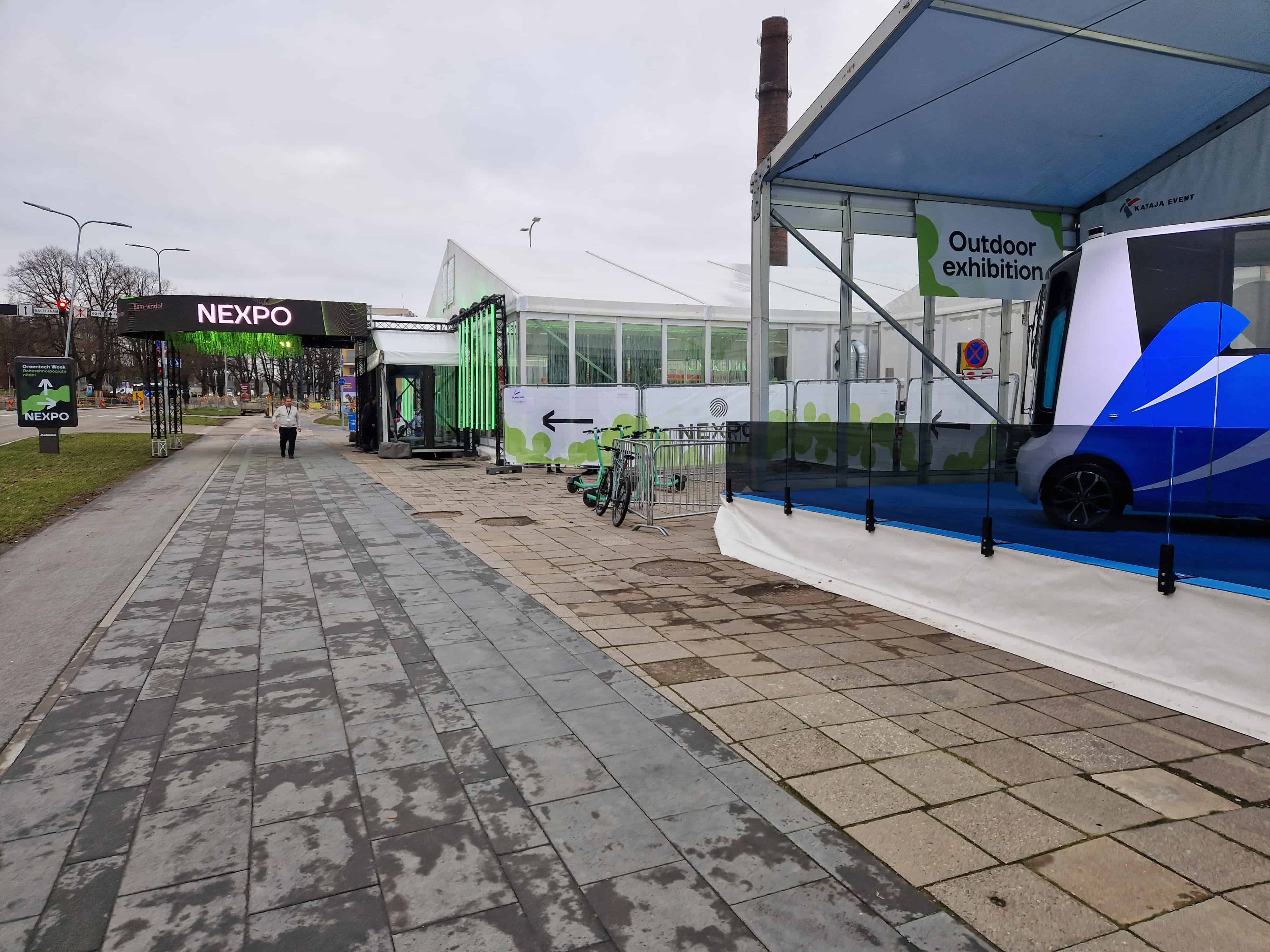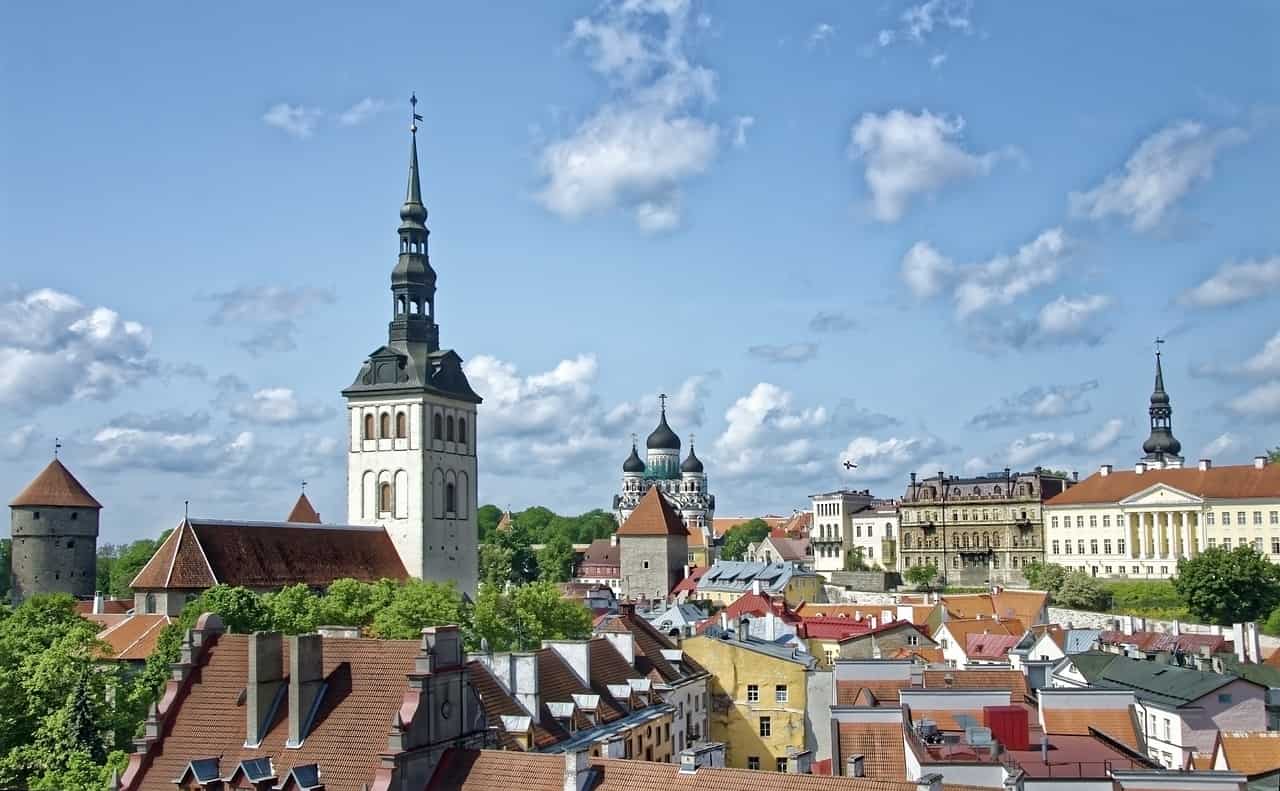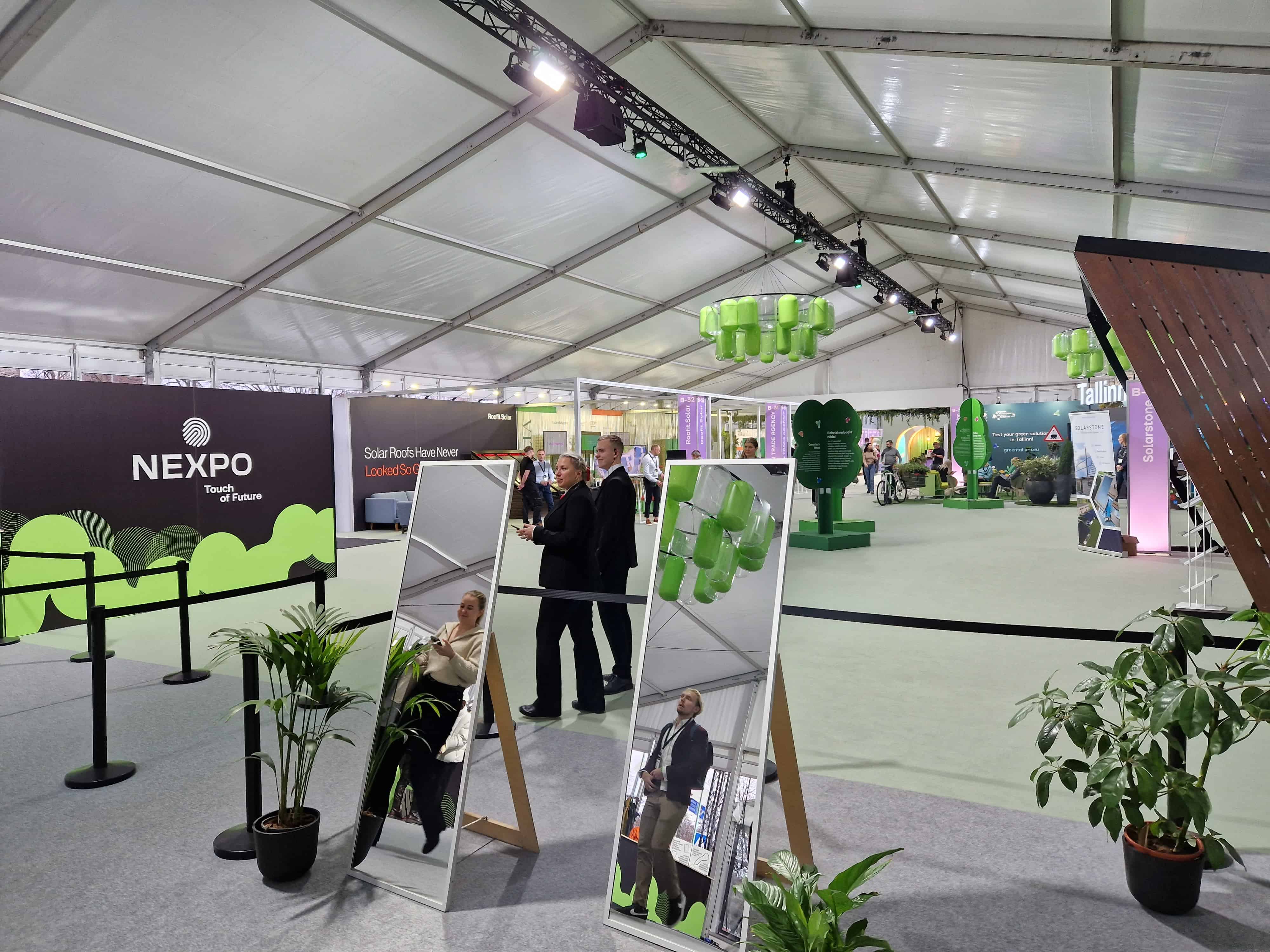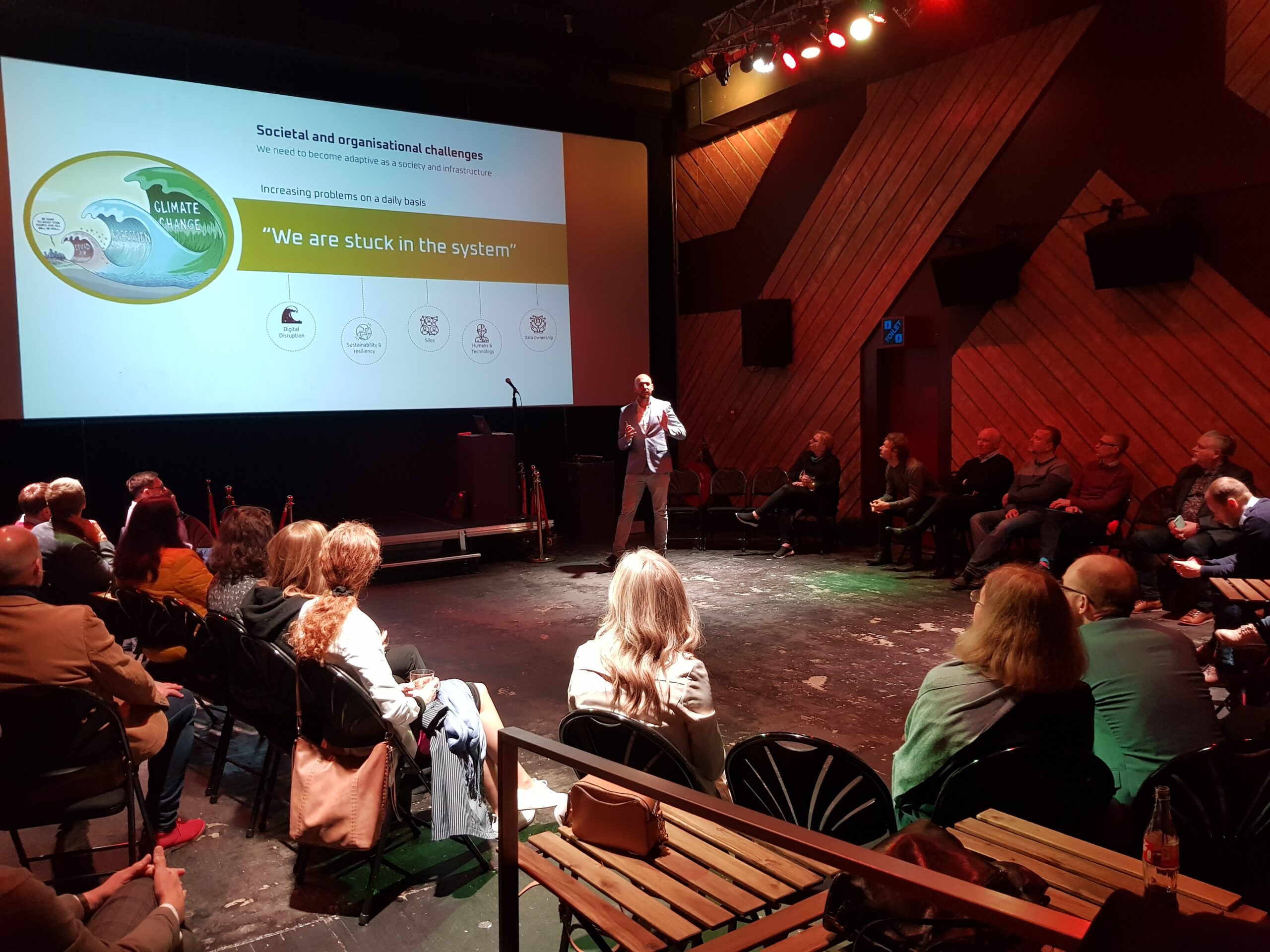
Estonia places itself amongst the frontrunners in terms of digitalization and e-government. However, the Baltic country lacks coordination between the public and the private sector. A delegation of 30 Estonian public administration leaders are staying in Eindhoven – as part of a governmental training program – to learn more about digital transformation models. The focus is specifically on collaboration with the aim of fostering innovation.
After a visit to the University of Amsterdam, the Estonian group arrived in Eindhoven. During their time in the city, a 3-day program will teach them more about the Brainport Region and present examples of successful private-public collaboration.
Such an initiative is taking place a month after Andres Sutt, the Estonian Minister of Entrepreneurship and IT, visited the city. Estonia and the Eindhoven region are strengthening their bond. Two more delegations will visit the region in the upcoming months.
“The overall aim of our training program is to train all Estonian top-level civil servants – around 100 people – to get to grips with digital strategy and digital transformation. Each of those civil servants will go through four sessions in Estonia, and one session is taking place abroad”, explains Linnar Viik, head of the delegation and chair of the European Institute of Innovation and Technology – EIT.
“One aspect where we are not so strong in is something that the Netherlands is particularly good in, that is establishing partnerships between different authorities and defining problems in a collaborative way”, Viik adds.
Eindhoven, a place where the triple helix model is applied
The triple helix model of innovation was originally invented in the early 1990s by Loet Leydesdorff and Henry Etzkowitz. In a nutshell, the model is based on interaction that stems from interactions between three different actors: academia, enterprise, and government. Such a model is also being applied in Eindhoven, where different local parties interact in an effort to foster innovation and the well-being of the region.
“Estonia is really good at software development, while its societal development is not as advanced. What they can learn from the city is the role it has in bringing everybody to the table under equal terms”, underlines Peter Kentie. He has recently been appointed as the Honorary Consul of Estonia for Eindhoven.
“What is really interesting about Estonia is that everyone is somehow connected. Yet, people don’t work together that much. They can benefit from the openness of the Eindhoven region” says Kentie.
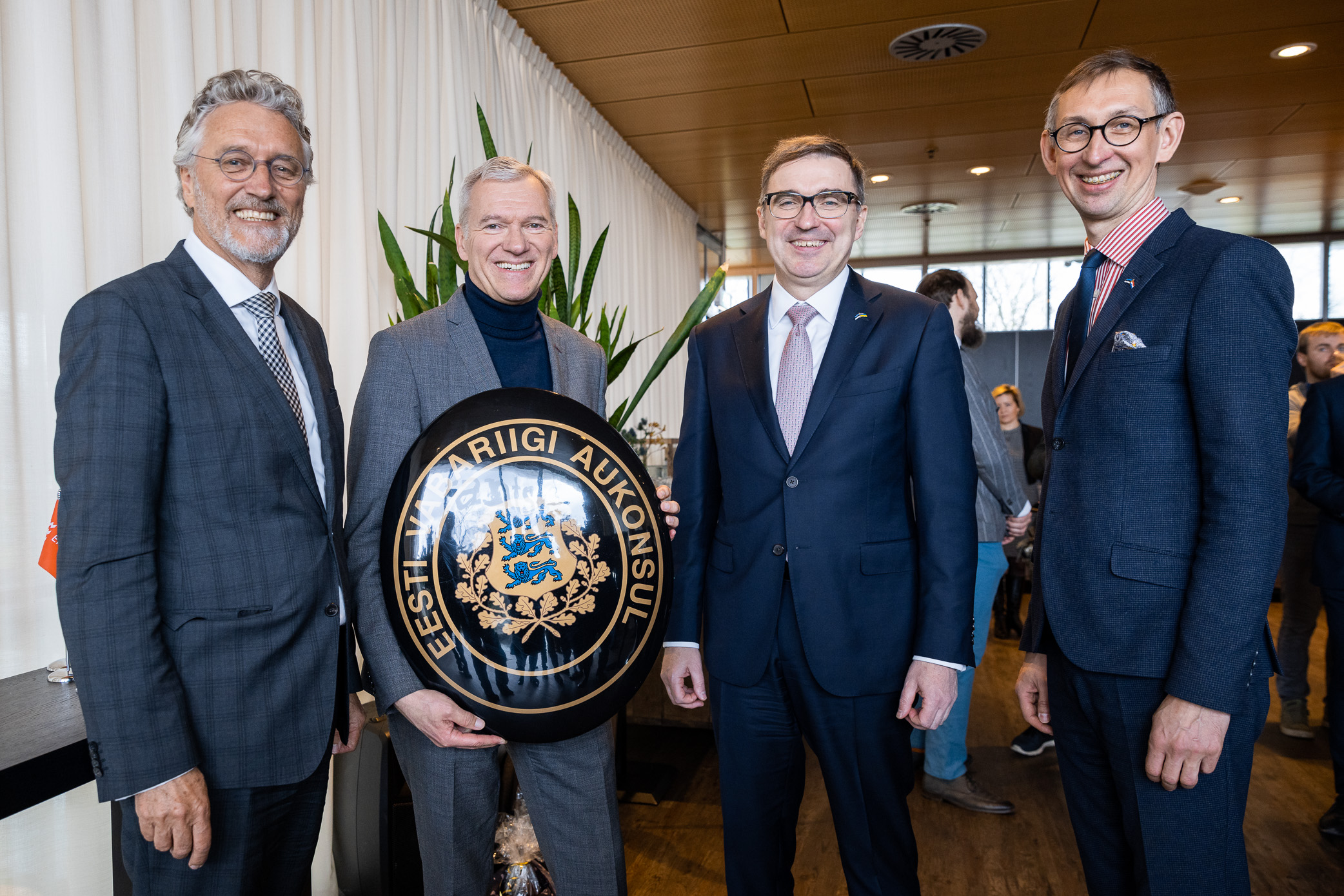
Cooperation is beneficial
Some of the highest ranking officials from different Estonian ministries are part of the delegation. Kaupo Heinma is the Deputy Secretary-General at the Estonian Ministry of Environment.
“Despite the high level of e-government services, we lack cooperation between different parties. We need innovation, and if different parties don’t work together, then that doesn’t yield as much as it would if they do work together.”
Paving the way for start-ups
In preparing the path for innovation – and making life easier for start-ups and innovators – the patent office’s role is key. Where this is concerned, the Estonian Patent Office is trying to be as open as possible.
“At present, it’s still quite complicated for companies in Estonia to submit a patent. However, thanks to e-government services, it’s now possible to do all the necessary steps online. In addition to that, we published several tutorials to explain all the procedures” explains Margus Viher, director-general of the Estonian patent office.
More broadly speaking, Viher points out that sometimes local political issues act as a constraint on cooperation. “During these days we are being inspired by the practices here, and hopefully we’ll succeed in fostering innovation in Estonia too,” says Viher.
Innovation doesn’t happen overnight
Estonia was the first country to establish a paperless government. As of today, all public services are available digitally. Linnart Viik worked on making this happen, and this represented one of the main innovation processes that the country has undertaken.
Viik: “When you do something which nobody has done before, it’s really difficult to visualize what will happen next. There are a lot of expectations. Many people think that innovation happens overnight, but it isn’t like that, you have to be prepared. Innovation needs to take place every day, you need to build things step by step. It’s like running a marathon, you need to train for it.”
Estonian expertise in e-government is something the Netherlands could leverage on. “In Estonia, people pay for e-government like the same amount they pay for a Spotify account. In most countries, it is ten times more per capita. We understood how to make public services twice as fast and ten times cheaper” Viik concludes. We understand how to make public services twice as fast and ten times cheaper”, Viik sums up.
In the picture, one of the sessions held in Eindhoven



